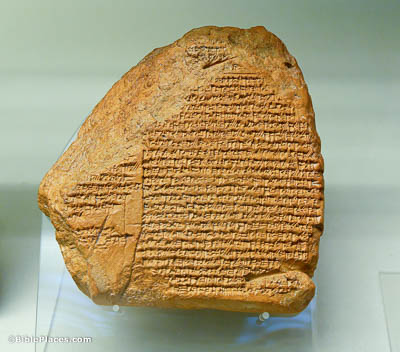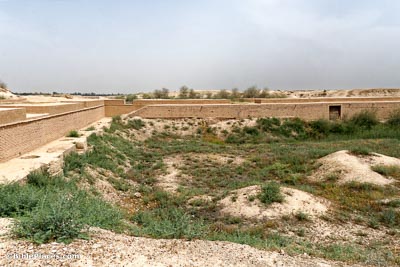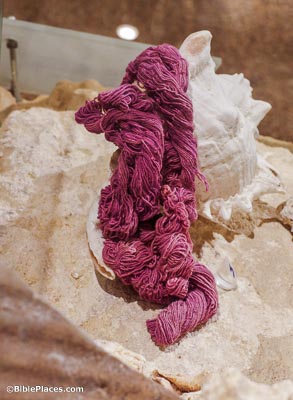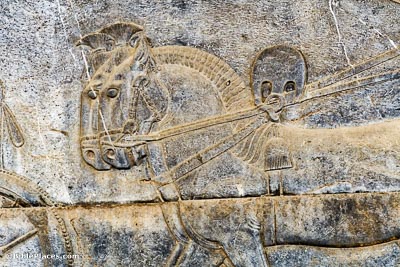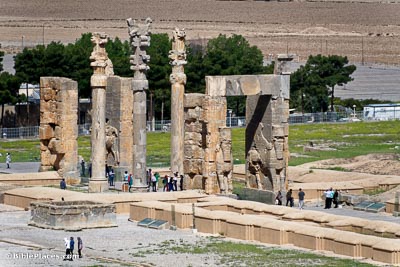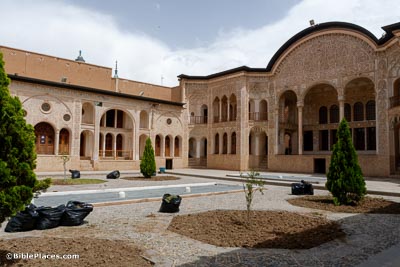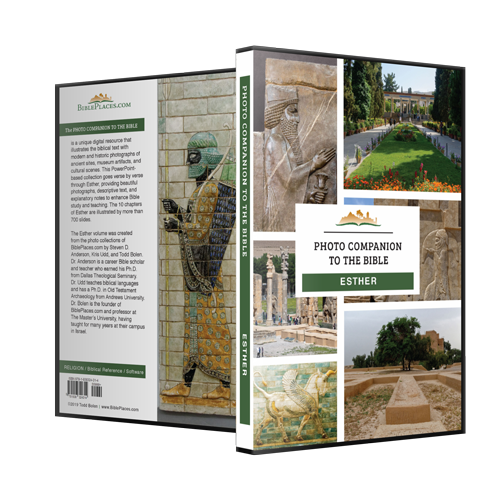He commanded to bring the book of records, the chronicles, and they were read before the king (Esther 6:1).
Evidence from the two royal Persian archives recovered from Persepolis indicate that official court records were kept on clay tablets in the Elamite language. A chronicle was literally the “events of the days,” a logbook of court happenings. The tablet shown here is in Akkadian and records a series of events including the reign of the last Babylonian king Nabonidus, the rise of the Persian king Cyrus the Great, the demise of the Babylonian Empire, and the founding of the Persian Empire.
